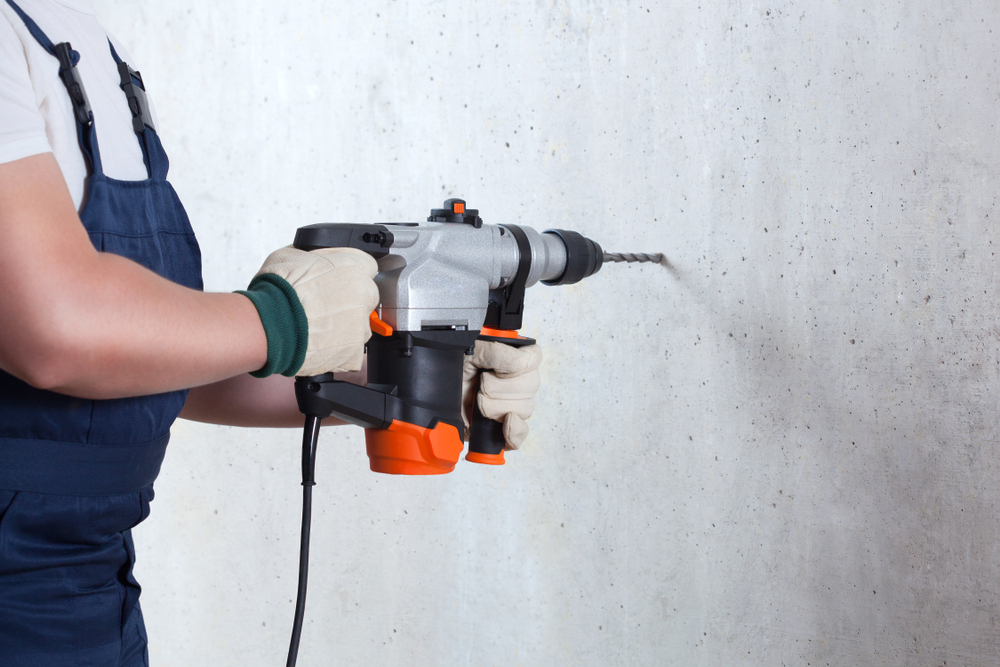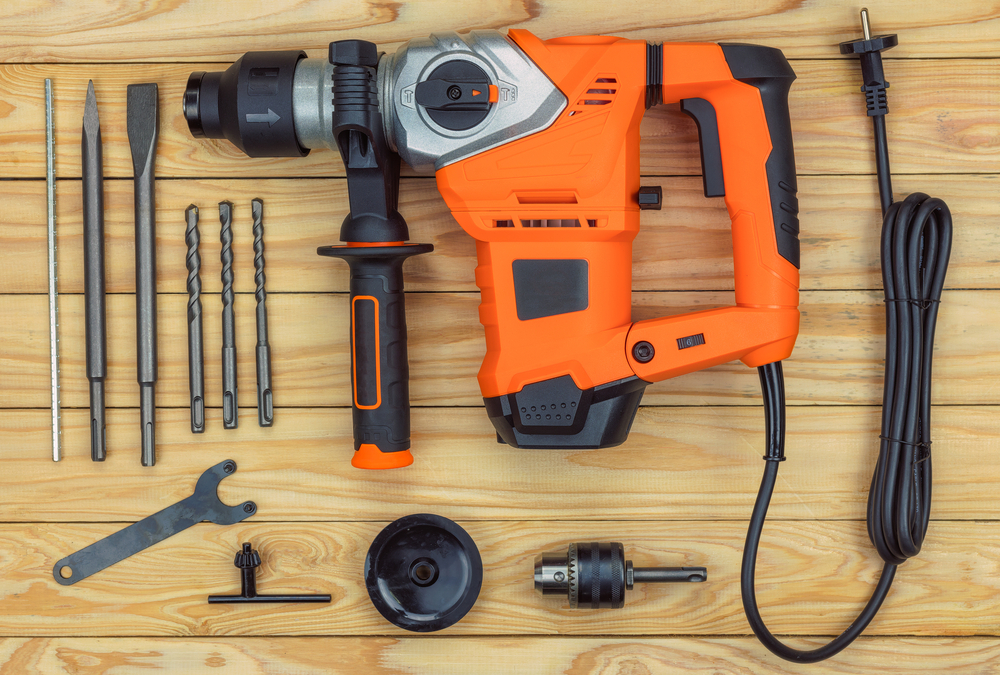Can a hammer drill be used as a regular drill? Find out if a hammer drill can be used as a regular drill! Learn the differences between the two. A hammer drill is a power tool that is specifically designed for drilling into hard materials such as concrete, brick, or stone. It works by using a hammering action in addition to the rotational motion of the drill bit, which allows it to break through these tough materials with relative ease.
On the other hand, a regular drill is a power tool that is used for drilling into softer materials such as wood, plastic, or drywall. It does not have the added hammering mechanism and relies solely on the rotational motion of the drill bit to make holes.
Contents
How A Hammer Drill Works

A hammer drill uses a mechanism that produces rapid hammering motions in addition to the rotational motion of the drill bit. This hammering action helps to break up the material being drilled, making it easier for the drill bit to penetrate.
The hammering mechanism works by using a piston that moves back and forth inside the drill. As the drill bit rotates, the piston also moves back and forth, producing the hammering action. This mechanism can be turned on and off, allowing the user to switch between regular drilling and hammer drilling as needed.
Compared to a regular drill, a hammer drill has more power and is able to drill through tougher materials more quickly and efficiently. However, this added power and hammering action can also make it less precise and accurate, especially when drilling through softer materials.
Advantages
One of the main advantages of using a hammer drill is its ability to drill through hard materials such as concrete, brick, and stone. The hammering action helps to break up these tough materials, making it easier for the drill bit to penetrate. This can be especially useful for projects such as installing anchors for shelving or hanging items on a concrete wall.
In addition to its ability to drill through hard materials, a hammer drill is also faster and more efficient than a regular drill. The added power and hammering action allow it to drill through tough materials more quickly, saving time and effort for the user.
Limitations Of Using Drill
While a hammer drill is a powerful and versatile tool, it is not designed to be used as a regular drill for all drilling tasks. Using a hammer drill on softer materials such as wood or plastic can result in decreased accuracy and precision, as the hammering action may cause the drill bit to wander or create uneven holes.
In addition, using a hammer drill on softer materials can also cause damage to the drill itself. The hammering action puts extra strain on the internal components of the drill, which can wear down over time or lead to breakage if the drill is used excessively on softer materials.
When To Use A Hammer Drill Vs. A Regular Drill
In general, a hammer drill should be used for drilling through hard materials such as concrete, brick, or stone, while a regular drill is better suited for softer materials such as wood or plastic.
However, it is important to note that some hammer drills also have a regular drilling mode that can be used for softer materials. This can be a useful feature if you only have one drill and need to switch between drilling through hard and soft materials.
Conclusion
In summary, a hammer drill is a powerful tool that is specifically designed for drilling through hard materials such as concrete, brick, and stone. It works by using a hammering action in addition to the rotational motion of the drill bit, which allows it to break through tough materials more quickly and efficiently.
While a hammer drill can be used as a regular drill in some cases, it is not ideal for all.

